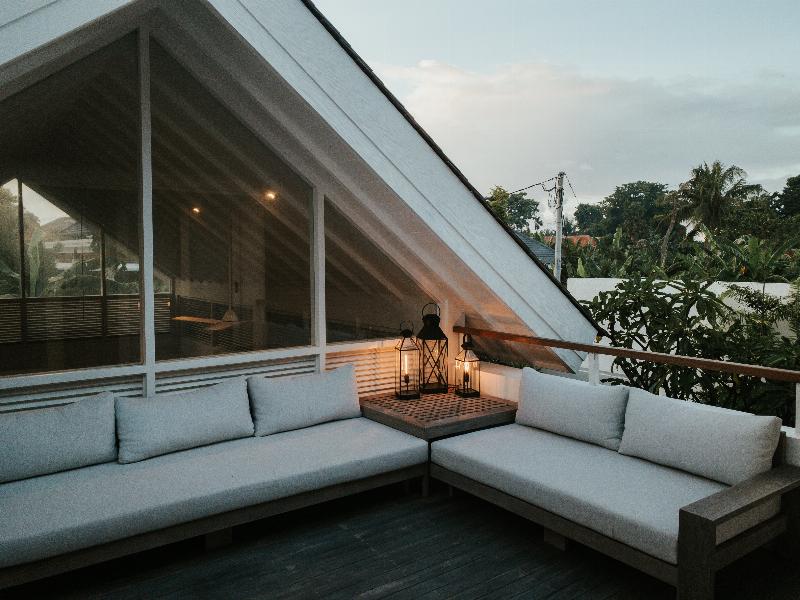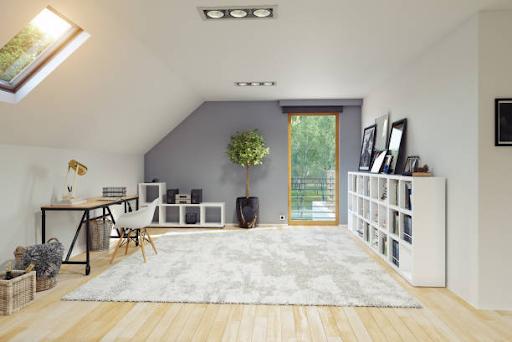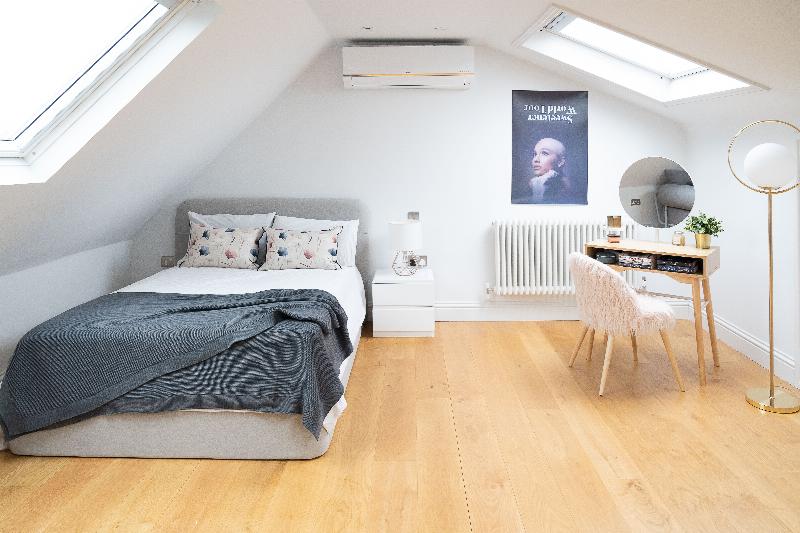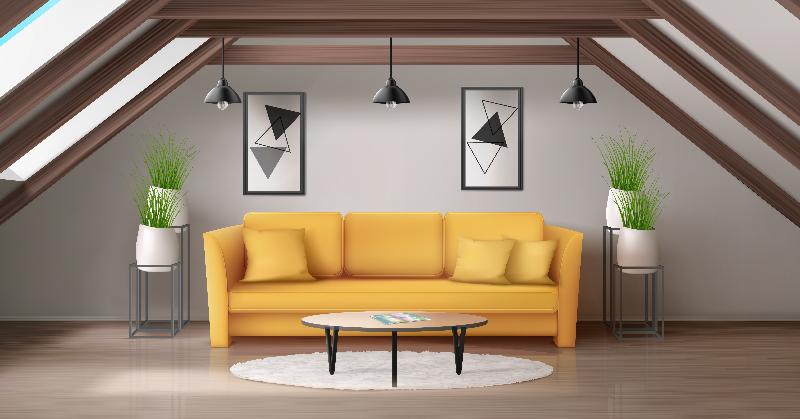How long does a loft conversion take?
A loft space that doesn’t have spider webs and broken toys from decades ago has a lot of potential. Depending on how big your attic is, that space could be another room or two. Adding a new floor to your home and giving it new life where there was once only dust.
As families grow and house prices rise, more people prefer to fix up their current homes rather than move. We know it can be scary to remodel your kitchen, add on to your house, or convert your attic.
If you want to add space to your home by going up, a loft conversion is a great way to do it. The benefits of a loft could not only give you a lot more living space, but they could also make your home worth more.
Reasons why you should convert your attic.
1. Additional Room
Adding a loft conversion to your home is a no-brainer way to give yourself a lot more room to live in. When you turn your loft into an extra room, you are adding another floor to your house. If you want more space for your family or just for yourself, a loft conversion is the best way to get it.
2. Treat yourself to a luxurious suite.
One of the most common reasons why people want to add to their loft is so they can have their dream bedroom. By adding a bedroom and ensuite to a loft extension, you can create your perfect bedroom space.
3. Increase the value of your home
A loft extension gives you more space and can increase your home’s value. Depending on where you live, a well-done loft extension increases your home’s value.
4. Save time and money by not moving.
If you want more space in your home but like where you live, a loft extension may be the best choice. With a loft extension, you can add more bedrooms and living space to your home. This can be a great alternative to moving, which takes time, effort, and money. You’ll be able to stay in the area you love while getting the house of your dreams.
5. Create your own home office.
A loft conversion can be the perfect space for working from home or doing homework. Loft conversions can be closed off from the rest of the house, making them ideal for home offices.
6. Make the most of a good view.
If your home has a nice view that you can’t see from the top floor, a loft conversion room could be a great way to see it. Dormer windows can frame the view. A converted loft’s upper level can get around obstructions. (Precision Builders Ltd, 2020
7. Reduce your home’s energy consumption.
One of the less obvious benefits of adding a loft extension to your home is that it can make your home use less energy. This is because it builds up on your roof and strengthens its insulation and protection. Certain building codes must be followed for your extra room to be usable. New rules mean whole-house insulation and energy efficiency. (Abbey Partnership 2017)
No two loft conversions are the same. It depends on the type of conversion you want. What factors influence the duration of a loft conversion? How long a loft conversion takes is determined by its factors. Did you know there are various types of loft conversions? Roof light/Velux, dormer, hip-to-gable, mansard, and L-shaped are common loft conversions.
Your home’s optimal type depends on its:
- Shape and height
- Whether it’s detached
- Semi-detached
- Terraced
- Budget
- Local planning restrictions
Roof light/Velux,
Adding roof lights is the cheapest way to turn a loft into a room if you have enough headroom. Because the roof pitch isn’t changed, roof light conversions cost less. Adding skylight windows, a floor, and a staircase makes the attic livable. Adding an en-suite bathroom to a roof light conversion takes about a month.
Dormer loft
A dormer loft conversion is a great way to add even more space. They cost a little bit more than a simple roof light conversion, but they add a lot of floor space and headroom.
Hip-to-gable
Hip-to-gable loft conversions can only be done on homes with a side roof that slopes. This conversion creates a “gable” side wall by extending a house’s sloped “hip” outward and up. Most hip-to-gable loft conversions have a rear dormer to make the most of the space.
Mansard loft
When a mansard is added to a roof, it changes the roof’s shape and makes it almost vertical. This type of loft conversion works well with most types of homes and is common in London’s terraced homes. Most mansard loft conversions use bricks. This is to match the existing house walls with slates or tiles at the back.
L-shape loft
This type of loft conversion can add a lot of space and a lot of headroom. Also, L-shaped loft conversions can be set up in many different ways, such as with many rooms. In an L-shaped loft conversion, two dormers are joined together to make a third dormer. The dormer loft is built into the main roof and has a rear extension.
To estimate the time required for your loft conversion, consider the following factors:
|
Loft Condition |
If your loft is in poor condition, bringing it up to code before the conversion will take longer. |
|
Loft size |
The larger your loft is, the longer it will take to convert. |
|
Loft Finishing |
How you choose your finishing. E.g. if you want your loft furnished and decorated, it will take longer than doing the basic conversion. |
It is critical to recognize that each project is distinct. To get your new loft, you must go through several steps. Each step has a general timeline, which we will explain below.
Most loft conversion timelines have three stages of work.
These are the:
- Design
- Planning,
- Construction.
We will go over what happens during each of them here:
Design
When you have a loft conversion, careful planning will be done to make sure that you can get what you want out of it. Blueprints and architectural drawings will help you visualize the finished conversion. They will also allow you to make changes.
Photo 3: House attic under construction mansard wall insulation with rock wool
Your conversion may need an architectural drawing. You’ll need this to get planning permission and understand the conversion’s exterior impact. Based on the plans, the team will help you fill out the necessary forms to get planning permission. You can also go to the official website of the government for more information.
Pro tip takeaway: The blueprints will show where to place fixtures and other features. For example, Drawings will include master bedroom ensuite fixtures.
Planning
Building something requires permission from your local government. It may also include buying the materials and products you need to finish the job. We don’t have any control over the planning process, which is a shame. Because of this, we can’t say for sure when this will be done.
The design process helps you plan because the team makes sure everything is done before you ask to plan. This will make the planning process go faster. Smart Remodeling LLC can give you an estimate based on similar past projects.
Construction
Once your project is approved, all materials and products are delivered conversion begins. The roof and exterior work will be done first, followed by wiring, plumbing, and plastering.
Depending on what kind of loft conversion you want, the process of building it may take longer. Velux or dormer loft conversions are usually faster than hip-to-gable. A Smart Remodeling LLC Lofts team member will estimate the conversion’s time before it begins. This will help you know what to expect.
Week by Week Schedule
Your loft conversion’s estimated completion date could change. It can be helpful to know roughly what to expect each week. Here’s what to expect from week one to week four, if everything goes according to plan:
Week One
The first week of work on your loft conversion will usually be spent getting ready. You will set up tools and materials to make sure that everyone working in your home is as safe as possible. Scaffolding will be used to lay the foundation for the loft conversion. This will be done before the roof and installation. During this part of the process, a skip is often parked in front of the house.
Week Two
At the end of the second week, work will be done on the roof and floor of the loft conversion. This is done to make sure it is safe and stable before any other work is done. Plans call for installation, ventilation, and internal stud walls during this time. But for hip-to-gable designs, for example, the roof may not be finished until the second week. If this is the case, the team will let you know before construction starts.
Week Three
How well week three goes will depend on how well the building goes. Before you can do more work on the loft conversion, you may need more time to put in the roofing and flooring systems. The team may do this when laying out fixtures and features for interior design. The team will install plumbing, tiles, and fixtures in an ensuite.
Week Four
This could be the fourth or fifth week, depending on how well the building is going. In either case, the team will finish the loft conversion by adding the finishing touches. After the team completes these steps, you can bring in beds, tables, and other homey items.
Are You Ready For Loft Conversion?
Doing a loft conversion should be as important as doing it right. A professional loft conversion company like Smart Remodeling LLC will handle every detail and ensure safety. Smart Remodeling LLC can plan and design to streamline the process. We offer a full design and planning service to ensure a smooth loft conversion. Contact us to discuss your loft conversion ideas and plans. We can give you an estimate. Our hotline for breakdowns is open 24 hours a day, 7 days a week. Set up a free meeting right away. You can reach Smart Remodeling at 832-808-8889 or sales@smartremodelingllc.com. Smart Remodeling LLC has the best team in Houston.









